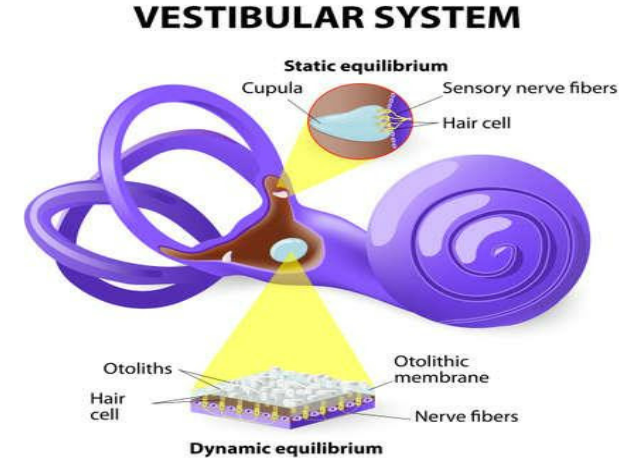
What part of the ear contains the sensory receptors for hearing?
Answer
390k+ views
Hint: Ear is the organ of hearing. Making balance is also an important function of the ear. The ear has three parts: -
Complete answer:
Hearing begins with the external ear. When a sound is made outside of the external ear, the vibrations or the sound waves go through the external auditory canal and strike the tympanic membrane or eardrum. Then the membrane vibrates. The vibrations are then passed to the three small bones of the middle ear. These small bones are called auditory ossicles. The sound waves are amplified by these three ossicles. These ossicles send the sound waves into the cochlea, the hearing organ of the internal ear.
When the sound waves reach the internal ear, they convert into electric impulses. The auditory nerve sends these impulses to our brain. Then our brain translates these electrical impulses as sound.
Our ear has its own protective mechanism against loud sounds. The muscles attached to the malleus and stapes reduce the vibrations and protect the cochlea from damage. This process is called acoustic reflex. The process takes
Note:
The names of the three ossicles of our middle ear are Malleus, Incus and stapes. The stapes are the smallest bone of our body. In the foetus the auditory cortex is fully formed. Auditory cortex is the hearing part of our brain. That’s why the new born babies can hear properly.

Complete answer:
Hearing begins with the external ear. When a sound is made outside of the external ear, the vibrations or the sound waves go through the external auditory canal and strike the tympanic membrane or eardrum. Then the membrane vibrates. The vibrations are then passed to the three small bones of the middle ear. These small bones are called auditory ossicles. The sound waves are amplified by these three ossicles. These ossicles send the sound waves into the cochlea, the hearing organ of the internal ear.
When the sound waves reach the internal ear, they convert into electric impulses. The auditory nerve sends these impulses to our brain. Then our brain translates these electrical impulses as sound.
Our ear has its own protective mechanism against loud sounds. The muscles attached to the malleus and stapes reduce the vibrations and protect the cochlea from damage. This process is called acoustic reflex. The process takes
Note:
The names of the three ossicles of our middle ear are Malleus, Incus and stapes. The stapes are the smallest bone of our body. In the foetus the auditory cortex is fully formed. Auditory cortex is the hearing part of our brain. That’s why the new born babies can hear properly.

Recently Updated Pages
Master Class 9 General Knowledge: Engaging Questions & Answers for Success

Master Class 9 English: Engaging Questions & Answers for Success

Master Class 9 Science: Engaging Questions & Answers for Success

Master Class 9 Social Science: Engaging Questions & Answers for Success

Master Class 9 Maths: Engaging Questions & Answers for Success

Class 9 Question and Answer - Your Ultimate Solutions Guide

Trending doubts
State and prove Bernoullis theorem class 11 physics CBSE

What are Quantum numbers Explain the quantum number class 11 chemistry CBSE

Who built the Grand Trunk Road AChandragupta Maurya class 11 social science CBSE

1 ton equals to A 100 kg B 1000 kg C 10 kg D 10000 class 11 physics CBSE

State the laws of reflection of light

One Metric ton is equal to kg A 10000 B 1000 C 100 class 11 physics CBSE




